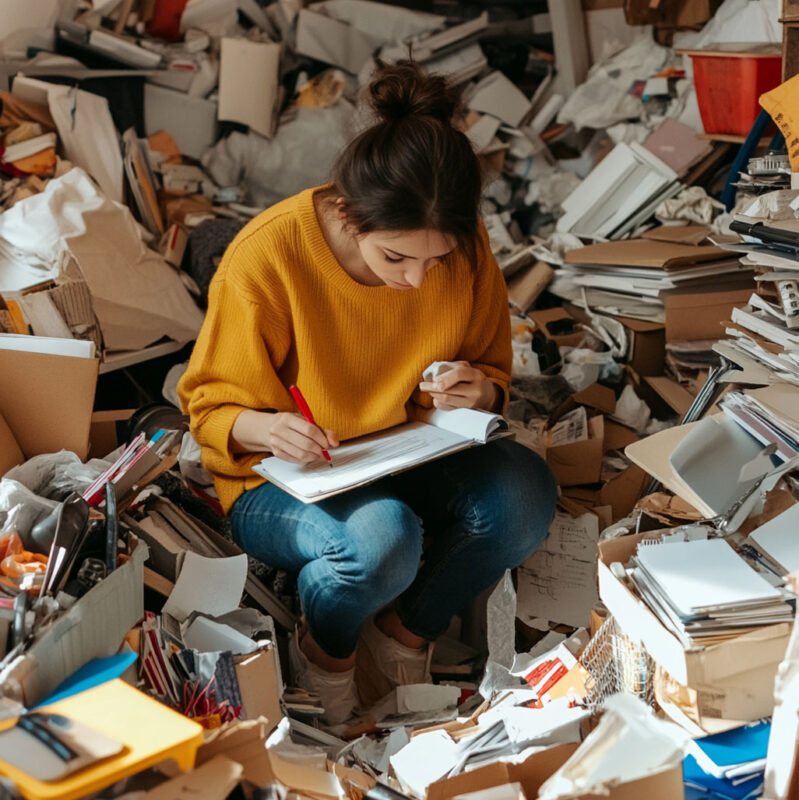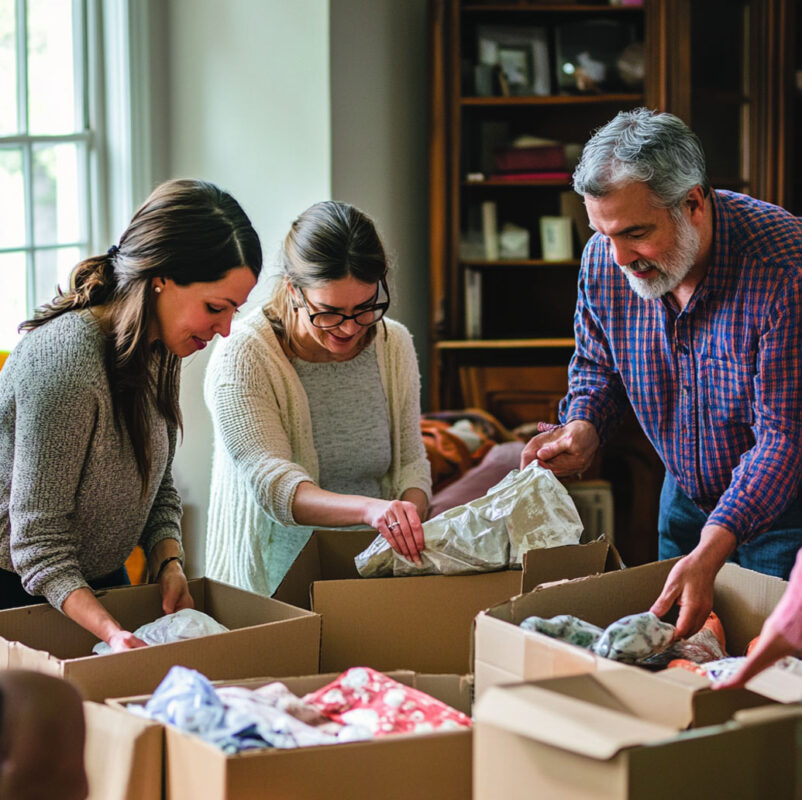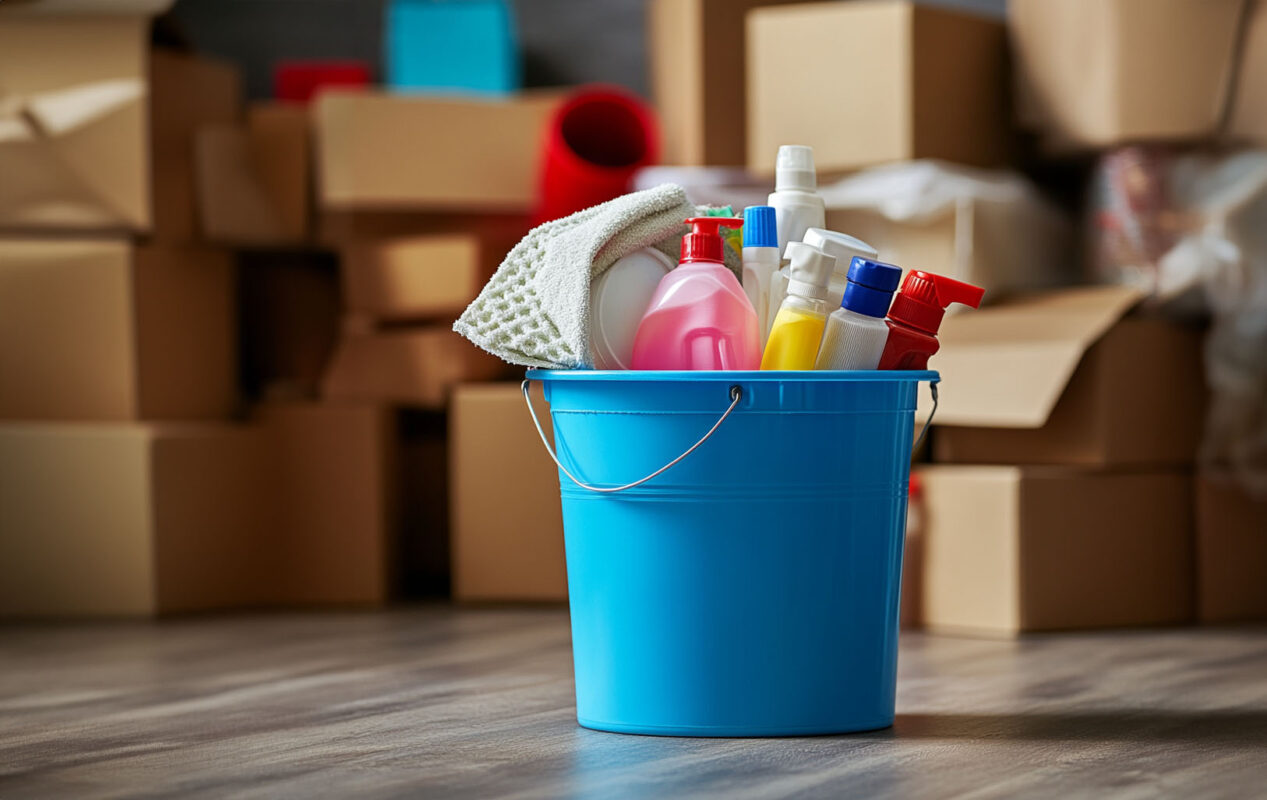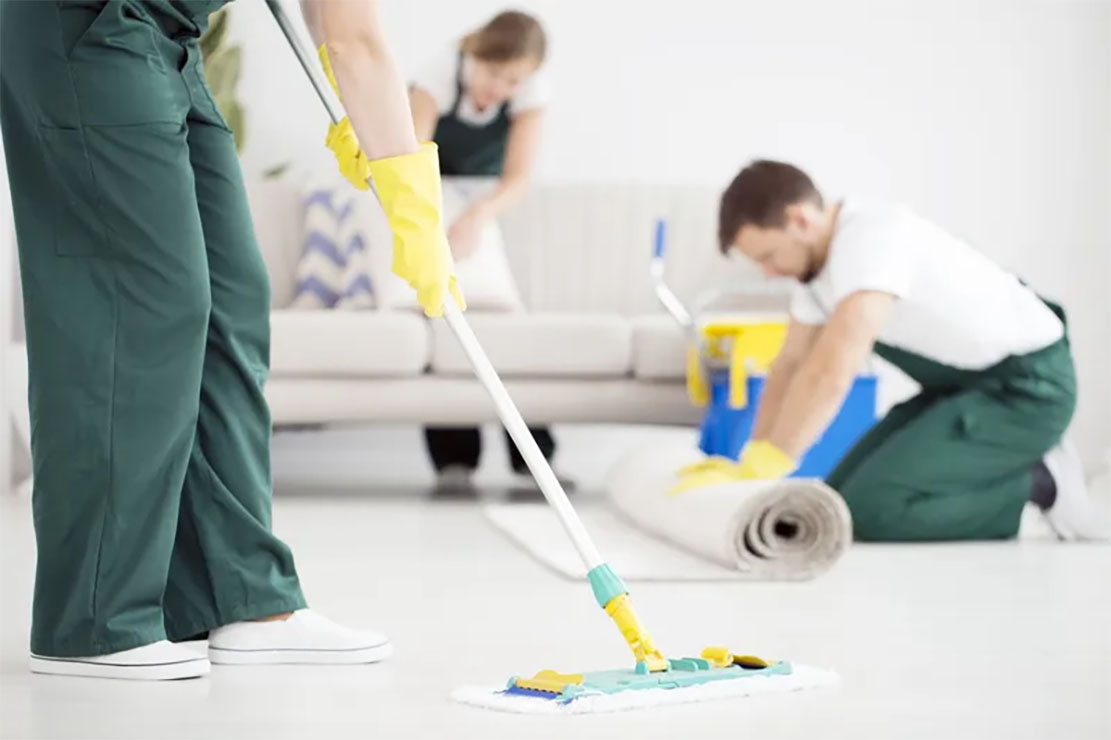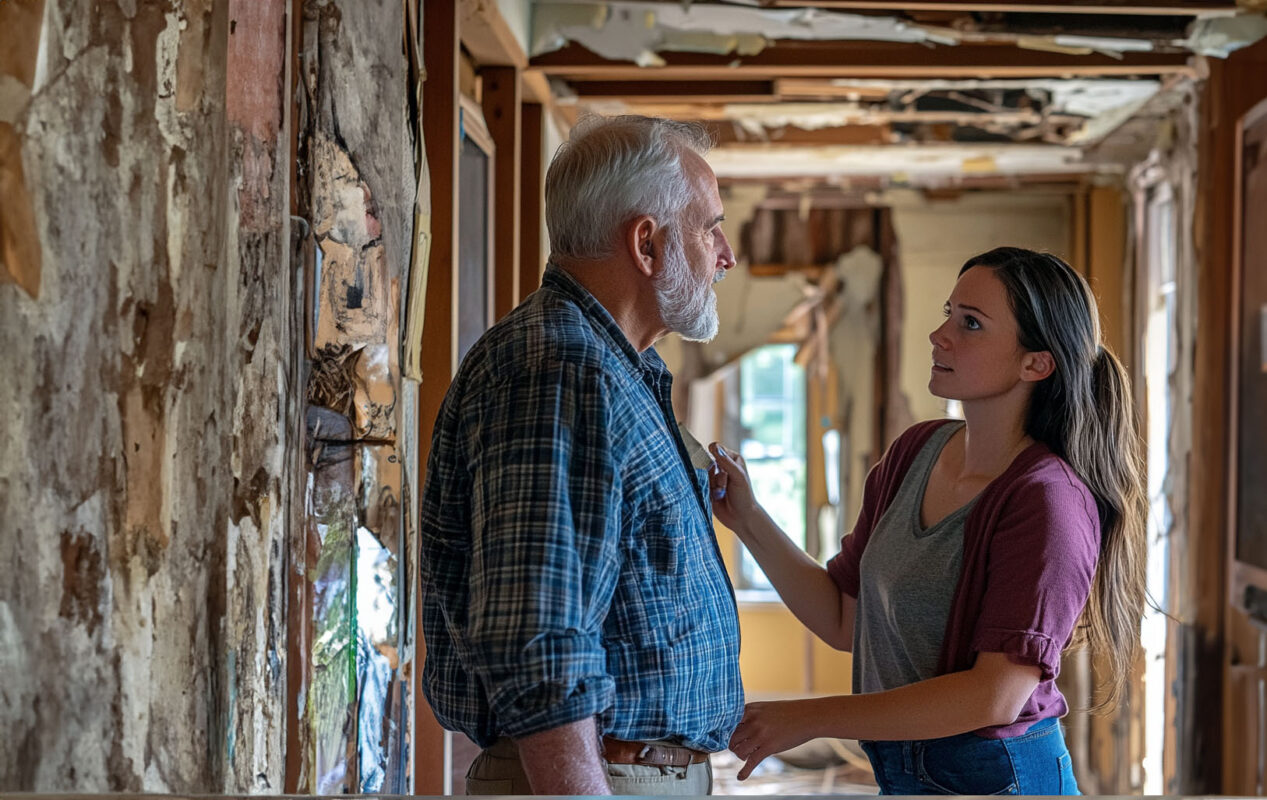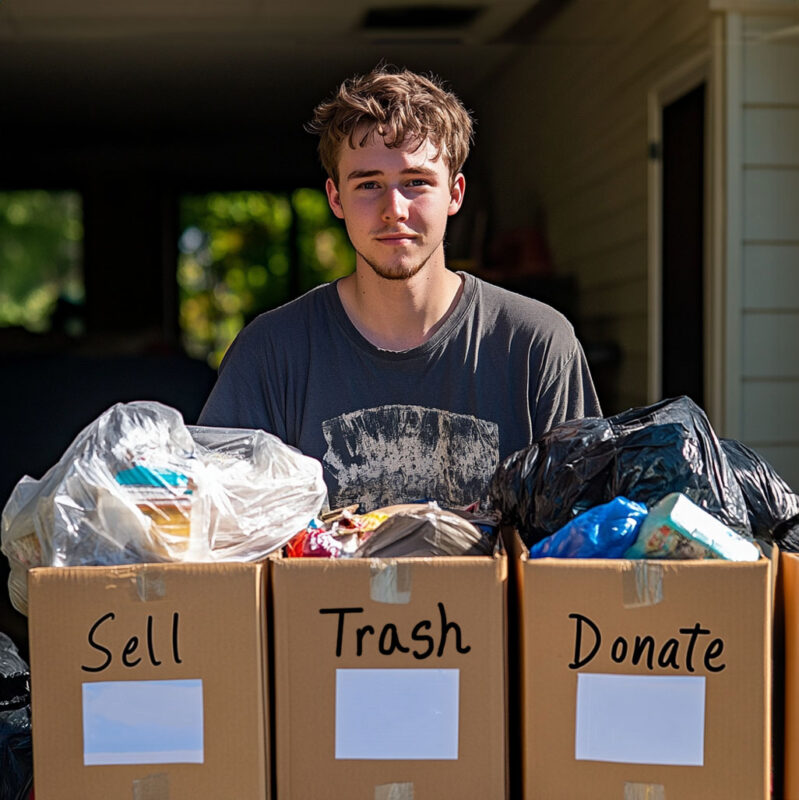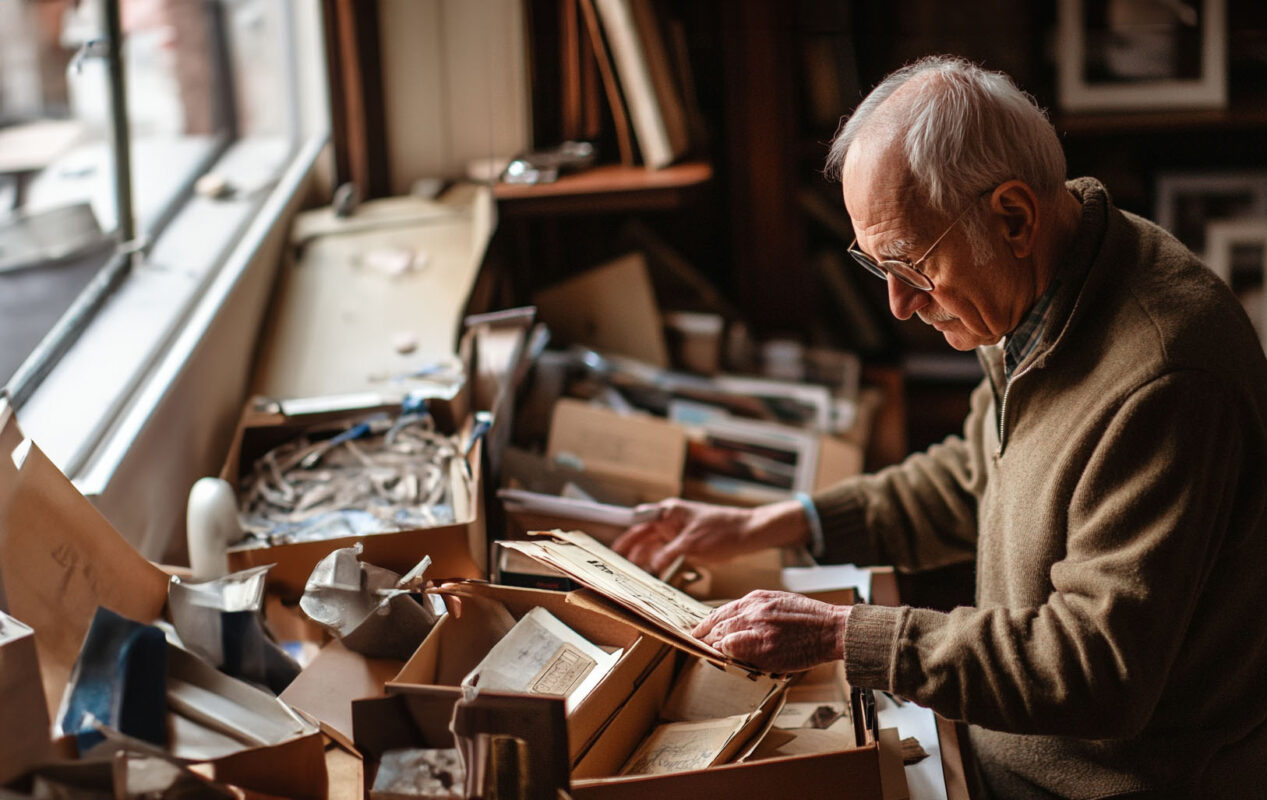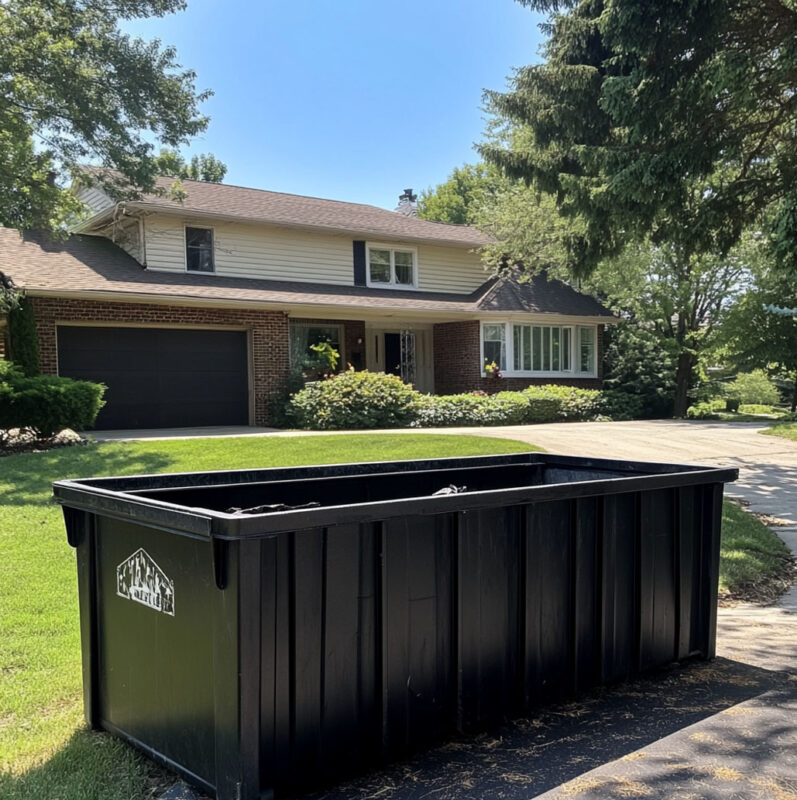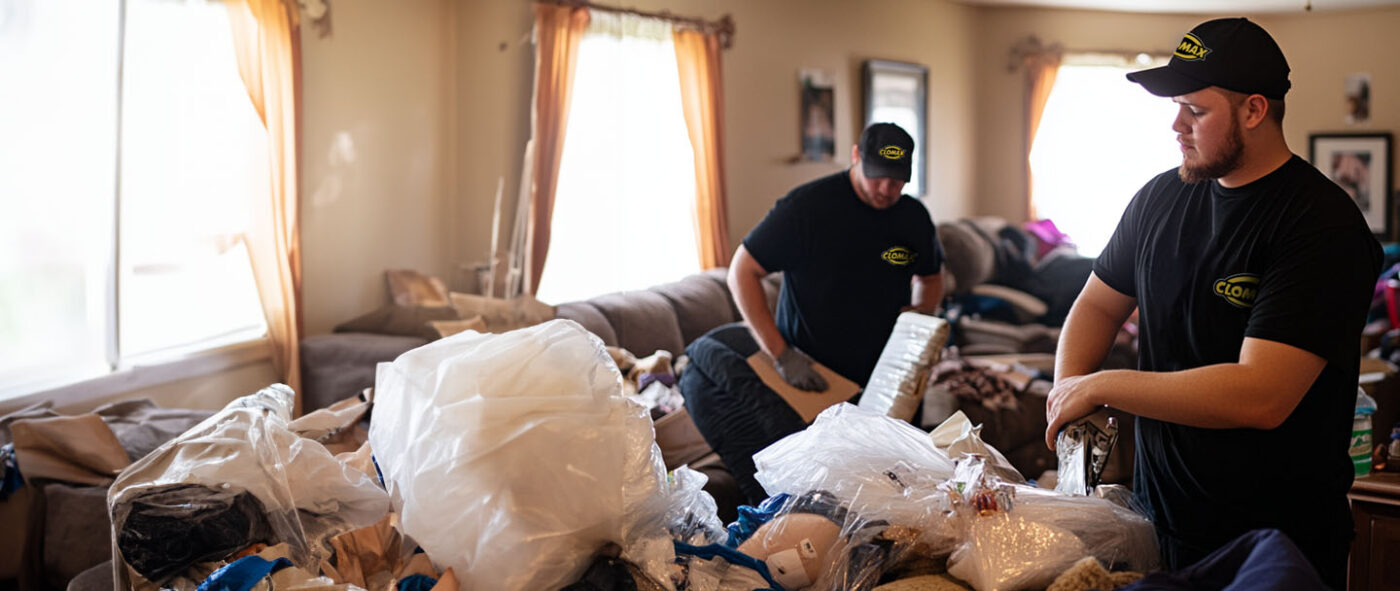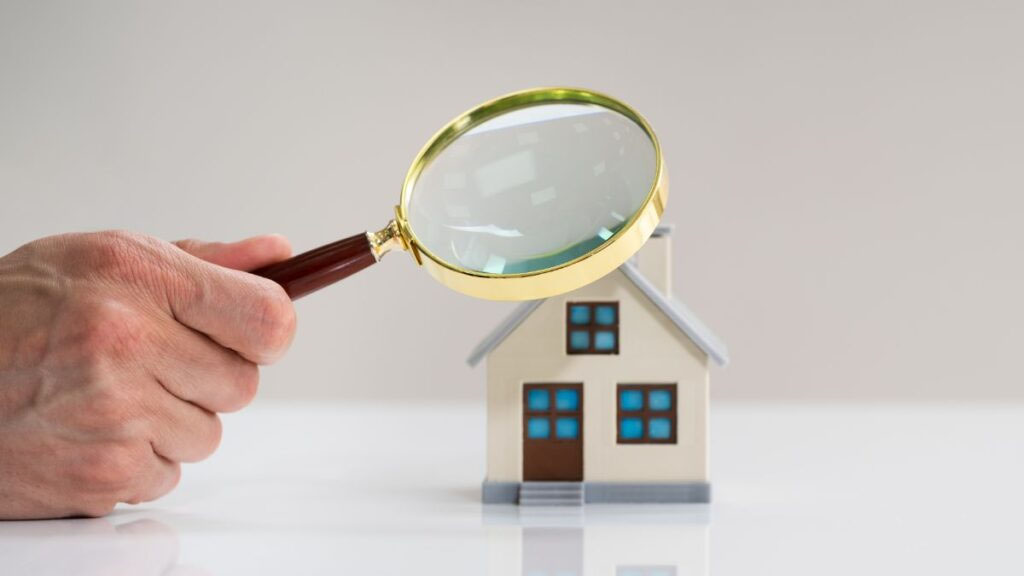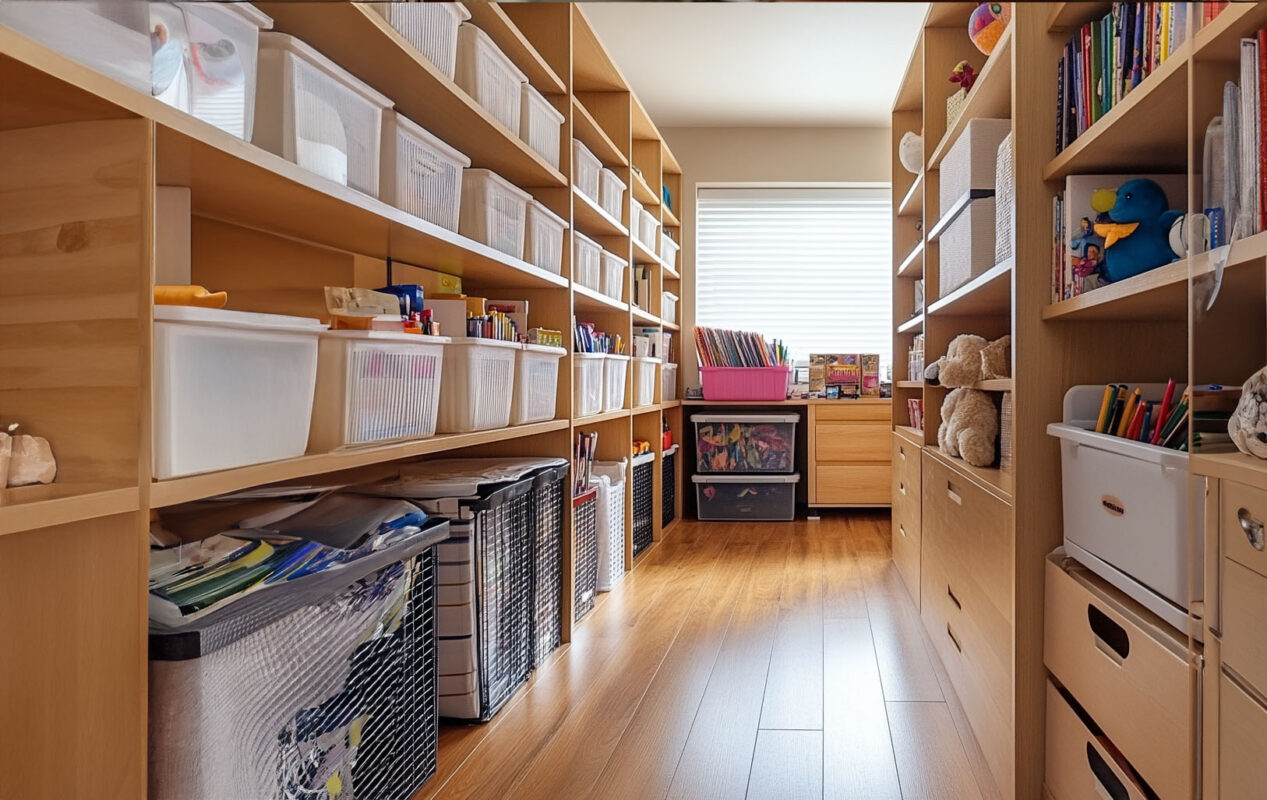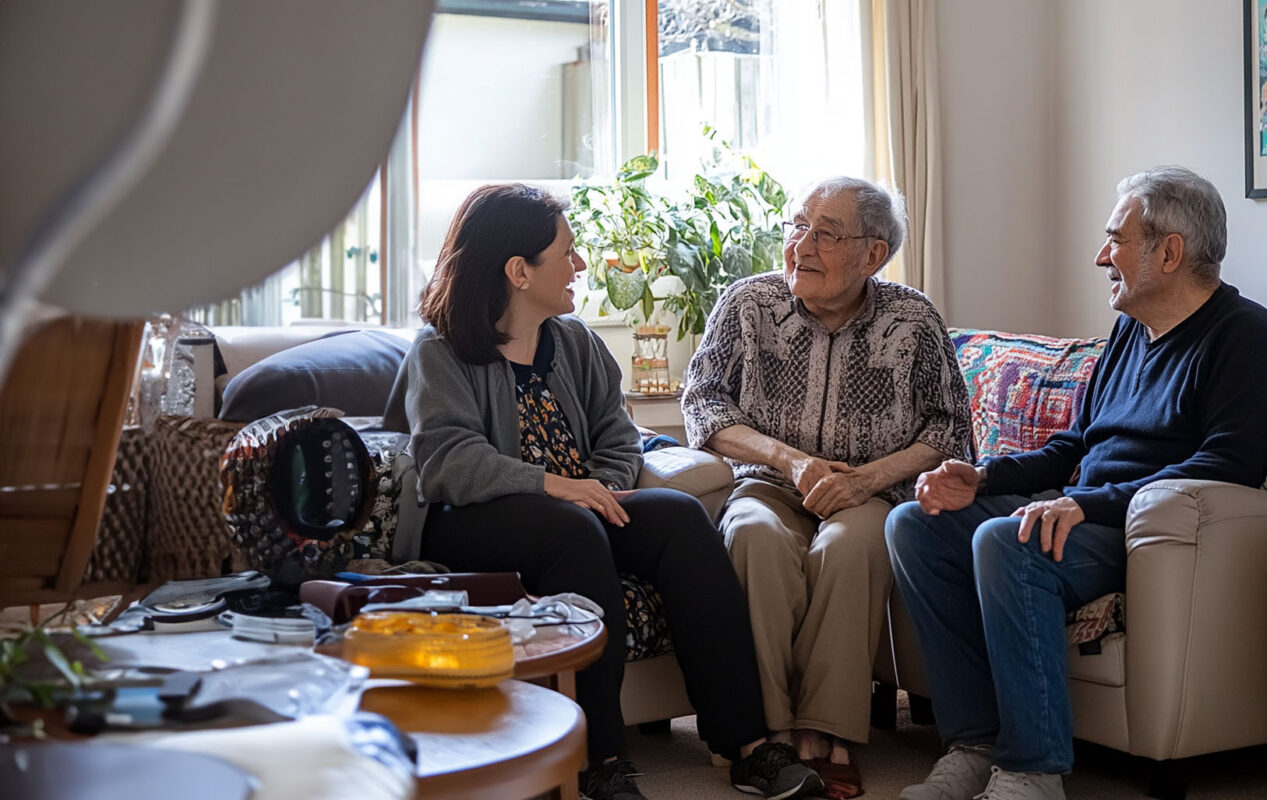15 Steps to a Fresh Start: The Complete Guide to Hoarder Cleanout and Cleanup
A Guide to The Hording Cleanout: How to Handle It 15 Steps. Everything You Need To Know.
Get Started
Hoarding is more than just clutter; it can be overwhelming and emotionally taxing for those involved. Whether you’re considering doing a hoarder cleanout yourself or leaning toward hiring a professional service, this comprehensive guide will walk you through every step of the process. Each step is designed to help you manage both the physical and emotional aspects of decluttering, providing support along the way.
STEP 1: Mental Preparation
Cleaning out a hoarded space can be emotionally draining for the person involved, especially if they are attached to their belongings. Before you begin:
- Acknowledge the emotional toll: Letting go of items may be difficult for the person who hoards them, as many may carry significant emotional meaning.
- Set expectations: Realize that this process won’t happen overnight. Large hoarder cleanouts can take days or even weeks, depending on the severity.
- Establish a support system: It may help to have a trusted friend or family member assist emotionally, or if needed, engage a therapist experienced in hoarding disorder.
Professional Tip: If the emotional burden seems too much, consider calling in a hoarder cleanout service from the start to avoid burnout.
2-6%
Prevalence: Approximately 2-6% of the U.S. population struggles with hoarding disorder, according to the International OCD Foundation. This equates to millions of individuals who may need assistance with cleanouts.
1 in 10 homes
Approximately 1 in 10 homes in the U.S. are condemned due to hoarding or severe clutter. Estimates suggest 100,000 to 300,000 homes are condemned annually due to safety risks, including structural damage, fire hazards, and unsanitary conditions. This statistic highlights the seriousness of hoarding and the importance of effective cleanout services.
50%
Professional Assistance: According to the American Psychiatric Association, nearly 50% of individuals with hoarding disorder seek help for their hoarding issues, often requiring professional services for cleanouts, organization, and emotional support.
80%
Impact on Living Conditions: Research from the National Study of Hoarding Disorder found that nearly 80% of individuals with hoarding disorder lived in homes that were unsafe or unhealthy due to the accumulation of clutter, making cleanouts crucial for their safety and well-being.
STEP 2. Assess the Situation
The first step in any cleanout is an initial assessment:
- Walk through the property: Carefully assess the level of clutter in each room, identifying the most critical or hazardous areas (blocked exits, fire risks, etc.).
- Create a priority list: Break the home down into manageable zones. Focus on safety risks first (e.g., blocked doors and exits) before tackling emotional items like keepsakes.
- Take pictures: Document the current state of the home so you can track progress and keep the end goal in sight.
Professional Tip: A professional team can provide you with a comprehensive action plan and help you prioritize based on safety and logistics.
STEP 3. Assemble a Support Team
Tackling a hoarder cleanout is not a solo mission:
- Involve close friends or family: Having emotional and physical support can make a huge difference. Those who are emotionally invested can offer comfort while neutral parties can help you stay objective.
- Set clear roles: Assign different tasks to team members—one person can sort, while others help pack or dispose of items.
- Consider professional help: If the cleanout feels overwhelming or beyond what your team can manage, consider hiring a professional hoarder cleanout service to assist with the heavier lifting, organizing, and disposal.
Professional Tip: Hoarder cleanout professionals can also bring emotional detachment and efficiency to the process, especially when dealing with difficult items.
STEP 4. Gather Supplies
You’ll need the right tools to get the job done efficiently:
- Basic supplies: Have trash bags, sturdy boxes, packing tape, gloves, masks, and cleaning products ready to go.
- Sorting tools: Label boxes or bins for sorting into three categories: Keep, Donate, Sell, Decide Later, and Trash. Tip: most trash can be bagged, bags are cheaper than boxes. Unless you have access to free boxes you want to use bags when possible.
- Safety gear: Depending on the condition of the home, consider protective masks (for dust, mold, or hazardous materials), gloves, and even protective suits. If your situation has pests (ticks, roaches, fleas, spiders, etc) do your team a favor and bomb before you start. It is very uncomfortable to do this type of work with pests attacking you.
Cleaning Supplies Checklist:
|
All-purpose cleaner |
Disinfectant wipes |
|
Broom and dustpan |
Paper Towels |
|
Mop and bucket |
Pest repellent |
|
Cleaning rags & sponges |
Rubber gloves |
|
Trash bags |
Vacuum and/or shop vac |
Professional Tip: Hoarder cleanout services typically arrive with all necessary supplies, from heavy-duty bags to trucks for disposal, eliminating the need to source materials yourself. Note: If animal waste is a part of the cleanup job, you will also need an enzyme cleaner to neutralize the odor.
STEP 5. Room-by-Room Strategy
Attempting to clean an entire house in one go is overwhelming. A room-by-room approach helps break the process into smaller, more manageable tasks:
- Start with smaller, easier spaces: Tackle rooms with less emotional attachment first (like bathrooms, hallways, or storage closets) to build momentum.
- Work in sections: Even within a room, start with one area—a corner, a closet, or a section of the floor. This allows you to see progress, which can motivate further action.
- Create quick wins: Focus on removing obvious trash or broken items first to make a noticeable difference early on.
Professional Tip: Hoarder cleanout experts often break rooms down into sections and work methodically to avoid overwhelm and burnout.
STEP 6. Prioritize Safety
Safety should be your top priority throughout the process:
- Remove immediate hazards: Start by clearing pathways to exits, unblocking doors, and removing items that pose a fire risk.
- Check for structural damage: Look for signs of water damage, mold, or instability. Large piles of clutter can sometimes damage floors or walls.
- Wear proper safety gear: Gloves, masks, and goggles are crucial when dealing with potentially hazardous materials like mold, chemicals, or biohazards.
Professional Tip: Professionals are trained to handle hazardous situations and have the right equipment for extreme cases like mold, asbestos, or pest infestations.
STEP 7. Sort and Categorize
Sorting is one of the most crucial parts of a hoarder cleanout:
- Use the “Four Pile” method: Every item should be sorted into one of three categories—Keep, Donate, Sell, or Discard. Try not to overthink each decision; go with your first instinct.
- Set Boundaries for Sentimental Items: Establish clear limits for sentimental belongings to help the person who hoards make choices without feeling overwhelmed. Consider giving them a designated space, like a small box or a specific number of containers (e.g., a shed, 20 boxes, or 10 bags, 8 bins). Once those are filled, that's the limit—no room for more. This approach encourages prioritization and helps prevent keeping everything, while still allowing for cherished keepsakes.
- Enlist help: If the person hoarding has trouble parting with items, bring in someone to help keep the process moving. Be compassionate, but firm.
Professional Tip: Professional organizers or cleanout teams can help speed up the sorting process, offering a neutral perspective when sentimental attachment stalls progress.
STEP 8. Handling Sensitive Items
Sorting through personal items like photos, documents, and keepsakes can be overwhelming:
- Document storage: Set aside a space for important documents (legal papers, medical records, etc.) and consider scanning these to create digital backups.
- Photograph keepsakes: For those who struggle to let go of sentimental items, suggest photographing or digitizing them to preserve the memory without keeping the physical object.
- Handle collections carefully: Whether it’s coins, books, or artwork, collections can have emotional and monetary value. Decide whether to sell, donate, or keep items from collections.
Professional Tip: Professionals can often assist in appraising collections or organizing paperwork to ensure valuable or important items aren’t lost in the cleanout.
STEP 9. Dispose of Junk Responsibly
Disposing of large volumes of clutter requires planning:
- Regular trash vs. recycling: Separate out recyclables like cardboard, glass, and electronics from regular waste.
- Hazardous materials: Items like paint, chemicals, and old appliances need to be disposed of according to local regulations. This can be tricky, so be sure to research or ask for professional help.
- Consider junk removal services: When faced with large amounts of trash, professional junk removal services can haul away items quickly and efficiently.
Professional Tip: Professional hoarder cleanout teams often have relationships with local disposal services and can arrange for the proper disposal of hazardous materials.
STEP 10. Donate or Sell Usable Items
Many items in a hoarder’s home may still be useful or valuable:
- Donation: Charitable organizations are often happy to take items like clothing, furniture, and household goods. Call ahead to check what they accept.
- Sell: If there are high-value items like antiques or electronics, consider selling them online or at a consignment store. This process can take time, so decide if it’s worth the effort. You can also get in touch with your local auctioneer. An auctioneer can sell on online platforms that require a license and will prep and list your items for a percentage with no out-of-pocket money from you. They will also let you know the value, and if it worth listing online and selling.
- Coordinate pick-ups: Many charities offer free pick-up services for larger items, which can save you time and hassle.
Professional Tip: A professional team can help sort items for donation and often handles transportation to donation centers or consignment shops.
STEP 11. Deep Cleaning the Space
Once the clutter is cleared, the home will likely need a deep cleaning:
- Sanitize all surfaces: Use disinfectants to clean floors, walls, counters, and furniture.
- Handle odors: Years of hoarding can leave behind unpleasant smells. Use specialized cleaners or deodorizing products to eliminate odors from carpets and fabrics.
- Consider professional cleaners: If the home is in particularly bad shape, hiring a professional cleaning service may be the best option.
Professional Tip: Professional teams often can add deep cleaning services as part of the cleanout process, ensuring the space is not only clutter-free but also sanitary.
STEP 12. Hire Specialized Services (If Needed)
Hoarded homes may require more than just cleaning:
- Pest control: If you encounter infestations (e.g., rodents, animals, insects and bees), contact a pest control service to properly deal with the problem.
- Repairs: Long-term hoarding can lead to structural damage, leaks, or mold. Hiring a contractor to assess and fix these issues is crucial.
- Therapy and counseling: For those dealing with hoarding disorder, ongoing therapy may be necessary to address the root causes and prevent relapse.
Professional Tip: Some hoarder cleanout services partner with pest control, contractors, or counselors to provide a full-service solution.
STEP 13: Post-Cleanout Inspections
Once the cleanout is complete, a thorough inspection of the home is recommended:
- Structural inspection: Have a professional check for any long-term damage caused by excessive clutter, such as water damage or weakened floors.
- Plumbing and electrical: Hoarded homes may have neglected plumbing or wiring issues that need to be addressed before the home is safe to live in.
Professional Tip: Many cleanout services work with inspectors to ensure the home is not only clean but also safe to inhabit after the cleanout.
STEP 14: Implement Organizational Solutions
Preventing future hoarding is just as important as the cleanout itself:
- Set up storage solutions: Use shelves, bins, and closets to create organized spaces that encourage tidiness. Label everything for easy identification.
- Create a cleaning routine: Establish regular cleaning habits to prevent clutter from re-accumulating.
- Seek professional organization help: Hiring a professional organizer can help maintain the clutter-free environment long-term.
Professional Tip: Many cleanout teams provide organizational services, helping to set up effective systems to prevent future clutter build-up.
STEP 15: Emotional Support and Follow-up
The emotional aftermath of a hoarder cleanout can be intense:
- Provide ongoing support: Stay in touch with the person who hoards, and offer emotional support as they adjust to the decluttered space.
- Consider therapy: Therapy, particularly for hoarding disorder, can help prevent a relapse and address the emotional triggers that led to hoarding.
- Schedule regular check-ins: Whether through family, friends, or a professional organizer, regular visits can help keep the space clutter-free.
Professional Tip: Professional cleanout services often offer follow-up support, helping to maintain a clean and safe living environment long after the initial cleanout is complete.
Conclusion
Cleaning out a hoarded home is no small feat. Whether you choose to tackle it yourself or enlist the help of a professional team, following these steps will help make the process more manageable. If you find yourself overwhelmed at any point, don’t hesitate to reach out to a hoarder cleanout service that can provide both physical help and emotional support. A clutter-free home—and a fresh start—is within reach.
More Information and Help about Hoarding
What is Hoarding Disorder?
Hoarding disorder is a mental health condition where individuals excessively acquire and struggle to discard items, even if they have little or no value. This leads to cluttered and disorganized living spaces, which can create safety and health risks. People with hoarding disorder often find it difficult to make decisions about letting go of possessions, causing emotional distress and negatively impacting their daily lives.
The reasons for hoarding vary, but it is often linked to a mix of genetic, environmental, and psychological factors. Some individuals may have a family history of hoarding, have experienced trauma, or have coexisting conditions like anxiety or depression. Though hoarding can affect people of any age, it tends to become more noticeable and problematic as they grow older, usually becoming well-established by the time it is diagnosed.
Cluttering vs. Hoarding: What Are the Differences?
While cluttering and hoarding may seem similar, there are important differences between the two. Understanding these distinctions can help in determining the appropriate level of intervention and support.
Cluttering:
Cluttering refers to the accumulation of items that create disorganization or untidiness in a space, but it is generally manageable. People who clutter may have busy schedules, limited time to organize, or simply be prone to letting things pile up. However, they are usually able to clean up, discard items when necessary, and maintain functional living spaces. Clutter tends to be temporary, and with effort, a person can regain control over their environment.
Key features of cluttering:
- Spaces are messy but still usable.
- People can let go of items when they choose to.
- Clutter does not cause significant emotional distress or impair daily functioning.
- Living conditions remain safe and do not present health hazards.
Hoarding:
Hoarding, on the other hand, is a more severe and persistent issue. People with hoarding disorder collect excessive quantities of items and experience extreme anxiety at the thought of discarding them. As a result, their living spaces become so overwhelmed with clutter that they may no longer be usable or safe. Unlike clutter, hoarding often involves significant emotional attachment to possessions and difficulty in making decisions about what to keep or throw away.
Key features of hoarding:
- Excessive accumulation of items, regardless of their value or use.
- Inability or unwillingness to part with possessions, causing distress or anxiety.
- Clutter reaches a point where rooms become unusable for their intended purposes (e.g., kitchens that can't be used for cooking).
- Living conditions may pose safety or health risks, including fire hazards, unsanitary environments, or blocked exits.
- The disorder significantly impacts daily functioning and quality of life.
In short, while cluttering is typically a reversible situation that doesn’t interfere with safety or well-being, hoarding is a chronic condition that can lead to serious physical, emotional, and social consequences.
What Causes Hoarding
Hoarding can be caused by a combination of genetic, psychological, and environmental factors. Some of the most common causes include:
1. Genetic Predisposition: Hoarding often runs in families, suggesting that a genetic component may play a role. People with close relatives who hoard are more likely to develop the disorder themselves.
2. Trauma or Stressful Life Events: Experiencing a traumatic event, such as the death of a loved one, divorce, or loss of possessions, can trigger hoarding behaviors as a coping mechanism.
3. Mental Health Conditions: Hoarding is commonly associated with other mental health disorders, such as anxiety, depression, obsessive-compulsive disorder (OCD), and attention-deficit/hyperactivity disorder (ADHD). These conditions can contribute to the difficulty in discarding items or organizing spaces.
4. Emotional Attachment to Possessions: Some individuals with hoarding disorder form strong emotional attachments to objects, believing they may need the items in the future or associating them with important memories or a sense of security.
5. Perfectionism and Fear of Making Mistakes: Fear of making a wrong decision about what to discard can lead to procrastination and indecisiveness, making it easier to accumulate items rather than sort through them.
6. Lack of Organization Skills: Many people with hoarding disorder struggle with organizing and managing their belongings, which contributes to the overwhelming accumulation of clutter.
7. Social Isolation: Hoarding can sometimes be linked to loneliness or isolation, where possessions take on a sense of companionship or fill an emotional void left by a lack of social interaction.
8. Cognitive Impairments: Some individuals with hoarding disorder may experience cognitive difficulties, such as trouble with attention, memory, or decision-making, which can make it harder to organize or dispose of possessions.
Stages of Hoarding
Hoarding disorder often progresses through different stages, ranging from mild clutter to severe conditions that pose significant health and safety risks. Understanding the stages of hoarding can help identify when the behavior shifts from manageable clutter to a serious problem requiring intervention.
Stage 1: Mild Clutter
At this initial stage, the clutter is relatively mild, and living spaces are still mostly functional. A few rooms may have some disorganization, but the person can still move around their home, and items don’t block essential areas like doorways or staircases. There is little to no health risk, and the person may not yet feel overwhelmed by the clutter.
Key characteristics:
- Minor disorganization.
- All rooms remain usable for their intended purposes.
- No major health or safety hazards.
- The person may still feel in control of the clutter.
Stage 2: Noticeable Clutter
In stage 2, the clutter begins to noticeably accumulate. Certain rooms may become harder to use because of piles of possessions, and there may be early signs of neglect in home maintenance. Some areas of the home, like countertops or furniture, may become difficult to access, and items might be stacked in unsafe ways. Anxiety or reluctance to discard items increases.
Key characteristics:
- Noticeable clutter in several rooms.
- Limited use of certain areas due to excessive items.
- Some neglect of cleaning and organizing.
- Growing emotional attachment to possessions.
Stage 3: Significant Clutter and Functional Impairment
At this stage, the hoarding behavior becomes more severe, with many areas of the home cluttered and unusable. Furniture may be buried under piles of items, and everyday activities, such as cooking or cleaning, become difficult. There may also be evidence of pet waste, mildew, or pest infestations due to lack of cleanliness. The individual may feel overwhelmed but is still resistant to discarding items.
Key characteristics:
- Rooms can no longer serve their intended function.
- Essential areas like the kitchen, bathroom, or bedrooms are blocked or cluttered.
- Growing sanitation concerns (e.g., mold, pests, waste).
- Emotional distress increases when thinking about getting rid of possessions.
Stage 4: Extreme Clutter and Severe Impairment
In this stage, hoarding significantly impacts the individual’s quality of life. Most rooms in the home are now unusable, and clutter may block doorways, windows, and exits, creating fire hazards or making it difficult to move freely. Health and safety risks are severe, with poor sanitation, pest infestations, and structural damage often present. The individual is highly distressed by the idea of discarding items and may avoid seeking help.
Key characteristics:
- Major portions of the home are inaccessible.
- Clutter poses safety risks (e.g., blocked exits, trip hazards, fire dangers).
- Severe hygiene issues (e.g., rotting food, garbage, human or animal waste).
- Emotional attachment to possessions is intense, leading to significant resistance to intervention.
Stage 5: Extreme Hoarding and Dangerous Living Conditions
At the final stage, the home is completely overwhelmed by clutter, with most or all rooms uninhabitable. The living environment becomes hazardous, with severe structural damage, biohazardous conditions, or infestations. At this point, the person may be isolated from friends and family, and hoarding behavior can lead to serious health, legal, or financial consequences. Professional intervention is usually necessary.
Key characteristics:
- Entire home is cluttered and non-functional.
- Severe safety and health risks (e.g., blocked exits, unsanitary conditions).
- Major damage to the home, including possible structural risks.
- Extreme emotional distress around letting go of items, often resulting in social isolation.
Understanding these stages can help identify when hoarding behavior is developing and when it has escalated to a point where professional help is needed. Early intervention at the mild or moderate stages can help prevent the disorder from progressing to more dangerous levels.
Make new connections
Junk Removal & Move-In/Out Cleaning Services
At Clomax, we believe that building strong relationships with our clients is just as important as delivering top-notch junk removal services. By understanding your unique needs, we strive to provide personalized solutions that not only clear out unwanted items but also make room for new possibilities. Whether it's a one-time service or ongoing cleanouts, we’re here to create connections that matter, ensuring each project is completed with care, efficiency, and a focus on sustainability. Let’s make new connections today and transform your space together.
[bafg id="12431"]
See the dramatic change as this living room is cleared of all belongings during an estate cleanout. The before-and-after images highlight the complete transformation, turning a cluttered space into a blank slate, ready for new beginnings.
[bafg id="12438"]
Observe the striking difference in this living room after a thorough estate cleanout. The before image shows a room filled with years of memories, while the after image reveals a fresh, empty space, cleared and prepared for its next chapter.
[bafg id="12442"]
See the difference in this apartment living room after a sensitive estate cleanout. While some personal items remain, the space has been thoughtfully cleared and reorganized, making it more manageable and comfortable for the resident to continue living in..











